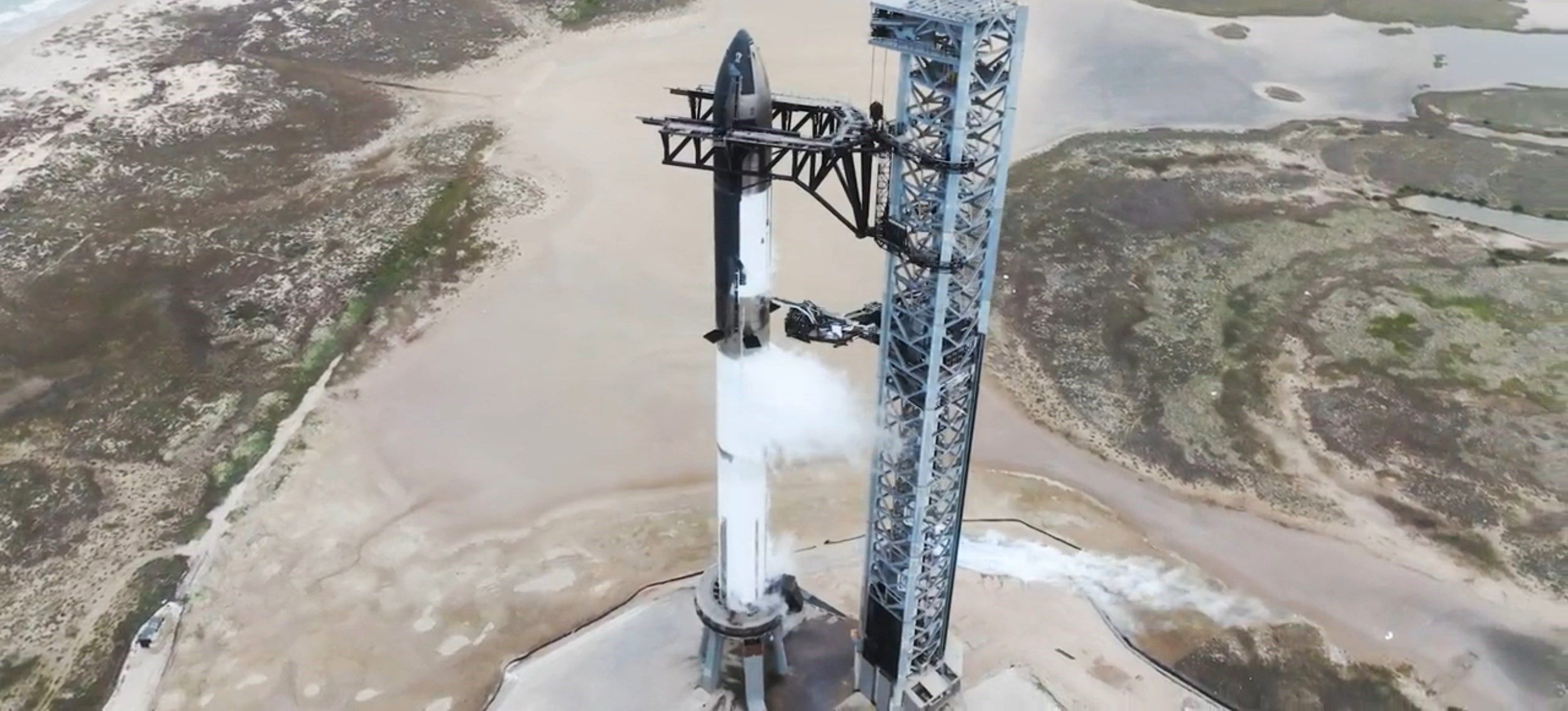

News
SpaceX’s Starship rocket sails through first “flight-like” fueling test
SpaceX’s fully-assembled Starship rocket appears to have sailed through a major wet dress rehearsal test on the first attempt.
With the completion of that test, the next-generation SpaceX rocket has taken a big step toward its first orbital launch attempt. Starship measures around 120 meters (~394 ft) tall and 9 meters (~30 ft) wide, making it the largest rocket ever assembled. It’s designed to launch more than 100 metric tons (~220,000 lb) to low Earth orbit (LEO) in a fully-reusable configuration. At liftoff, Starship’s 33 Raptor engines will produce up to 7590 tons (16.7M lbf) of thrust, making it more powerful than any rocket in history by a large margin.
And on Monday, January 23rd, Starship likely became the heaviest rocket ever after SpaceX fully loaded the vehicle with propellant. Surprising most viewers, SpaceX also appeared to complete the complex test associated with that milestone without running into any major issues.
The update that's rolling out to the fleet makes full use of the front and rear steering travel to minimize turning circle. In this case a reduction of 1.6 feet just over the air— Wes (@wmorrill3) April 16, 2024
The apparent success is surprising because it simply hasn’t been SpaceX’s approach of choice while developing Starship. Since SpaceX began assembling Starhopper in an empty Texas field in 2018, the Starship program has been almost exclusively managed to prioritize speed and expect failures. The company almost always preferred to build, test, and learn from minimum-viable-product prototypes as quickly as possible, even if that meant that failures were guaranteed.
Because SpaceX expected failures, it learned from them and always had another prototype ready to carry the torch forward. Starship prototypes rarely completed ground or flight tests on the first try, as SpaceX was simultaneously learning – often catastrophically – how to test and operate those vehicles. The culmination of that failure-as-an-option strategy was a series of seven suborbital Starship tests – two short hops of identical prototypes and five launch and landing attempts of five more advanced prototypes between August 2020 and May 2021. On the fifth attempt, after four failures, a full-scale Starship successfully launched to 12.5 kilometers (~41,000 ft), shut off its engines, fell back to Earth, reignited its engines, flipped around, and landed in one piece.
By all appearances, the campaign was the ultimate corroboration of SpaceX’s development strategy. In the second half of 2022, however, SpaceX decided to dramatically change the Starship program’s approach to risk management and systems engineering. Starship testing has become exceptionally cautious over the last several months, as a result.
From fail-fast to slow-and-steady
There is a small chance SpaceX simply got lucky, but Starship’s first fully-assembled wet dress rehearsal test appears to indicate that that caution has paid off. Combined, both stages of the rocket – Ship 24 and Booster 7 – collectively completed dozens of separate proof tests and static fires since mid-2022. They also made it through several far more limited tests while stacked.
Having cautiously characterized each prototype about as well as it possibly could, SpaceX finally pulled the trigger on January 23rd. After hours of conditioning the Starbase, Texas orbital launch site’s giant tank farm, SpaceX opened the floodgates and loaded Ship 24 and Booster 7 with up to 4860 tons (~10.7M lbs) of cryogenic liquid oxygen and liquid methane propellant in about 90 minutes. Once fully loaded, the combined weight of the rocket and propellant likely exceeded 5000 tons (~11M lbs), making Starship the heaviest rocket in history. The next heaviest rockets ever built, Saturn V and N-1, weighed around 2800 tons (~6.2M lbs) fully loaded.
SpaceX was also able to drain Starship and return its propellant to the pad’s ground storage tanks about four hours after filling the rocket.
“Flight-like” testing
The company later confirmed that the test was a “full flight-like wet dress rehearsal,” as suspected, and noted that data gathered from it would “help verify a full launch countdown sequence, as well as the performance of Starship and the orbital pad for flight-like operations.” Parts of the test visible from unaffiliated webcasts like NASASpaceflight’s seemed to confirm as much. Shortly after Starship was fully loaded, for example, SpaceX activated the orbital launch mount’s fire extinguisher system, seemingly practicing the moments before the rocket would otherwise ignite its engines and take flight.
At no point during the wet dress rehearsal did SpaceX appear to enter any kind of hold or abort, indicating that the rocket’s systems were all working well enough together to smoothly complete it on the first try. The only mildly concerning behavior visible during the multi-hour test came shortly after Starship was topped off. Booster 7 opened one of its methane tank gas vents to relieve pressure and instead appeared to vent liquid methane, producing a flammable cloud thousands of feet long. More likely than not, the Super Heavy was slightly overfilled, and the liquid vent was an intentional response to that error. The cloud of methane thankfully did not find an ignition source, and Starship went on to finish the test as planned.
SpaceX has a lot of work left to prepare Ship 24 and Booster 7 for Starship’s first orbital launch attempt. Booster 7 must still complete one or several more static fires, during which it could become the most powerful rocket ever tested. To reduce risk, SpaceX will likely remove Ship 24 while testing Super Heavy, and reassemble the rocket only if Booster 7 passes its tests. SpaceX also needs to repair the pad after static fire testing and work with the Federal Aviation Administration (FAA) to finalize Starship’s first orbital launch license.
But after many false positives, Starship’s successful completion of a wet dress rehearsal on the first try has confirmed that the rocket’s orbital launch debut is – for the first time – actually close at hand.
News
Tesla Robotaxi has already surpassed Waymo in this key metric
Tesla Robotaxi has already overtaken Waymo in Austin in one key metric, but there’s still more work to do.

Tesla Robotaxi has already surpassed Waymo in one extremely important key metric: size of service area.
Tesla just expanded its service area in Austin on Monday morning, pushing the boundaries of its Robotaxi fleet in an interesting fashion with new capabilities to the north. Yes, we know what it looks like:
🚨 Tesla’s new Robotaxi geofence is…
Finish the sentence 🥸 pic.twitter.com/3bjhMqsRm5
— TESLARATI (@Teslarati) July 14, 2025
The expansion doubled Tesla Robotaxi’s potential travel locations, which now include the University of Texas at Austin, a school with over 53,000 students.
The doubling of the service area by Tesla has already made its travel area larger than Waymo’s, which launched driverless rides in October 2024. It became available to the public in March 2025.
According to Grok, the AI agent on X, Tesla Robotaxi’s current service area spans 42 square miles, which is five square miles larger than Waymo’s service area of 37 square miles.
Tesla Robotaxi (red) vs. Waymo geofence in Austin.
Much can be said about the shape… but the Robotaxi area is now ~3.9 mi² (10 km²) larger than Waymo’s!! pic.twitter.com/dVfh2ODxJC
— Robin (@xdNiBoR) July 14, 2025
The service area is one of the most important metrics in determining how much progress a self-driving ride-hailing service is making. Safety is the priority of any company operating a ride-hailing network, especially ones that are making it a point to use autonomy to deploy it.
However, these companies are essentially racing for a larger piece of the city or cities they are in. Waymo has expanded to several different regions around the United States, including Arizona and Los Angeles.
Tesla is attempting to do the same in the coming months as it has already filed paperwork in both California and Arizona to deploy its Robotaxi fleet in states across the U.S.
As the platform continues to show more prowess and accuracy in its operation, Tesla will begin to expand to new areas, eventually aiming for a global rollout of its self-driving service.
News
Tesla Megapacks arrive for massive battery replacing coal plant
Tesla Megapacks have started arriving on-site to the Stanwell Battery Project, just as Queensland prepares to wind down the Stanwell coal plant.
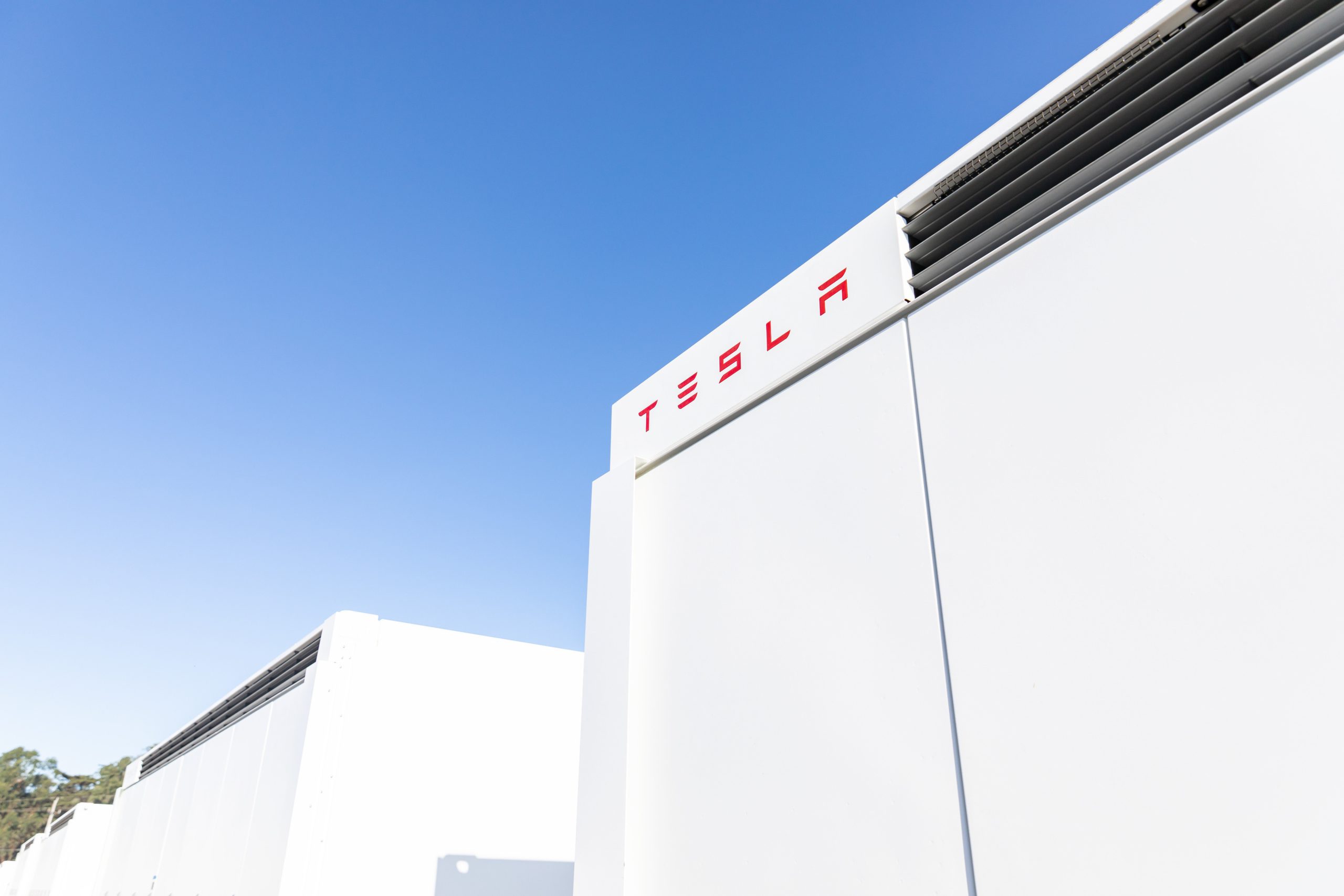
The first of over 300 Tesla Megapacks have arrived to the site of a massive battery energy storage system (BESS) being built in Australia, dubbed the Stanwell Battery Project after a coal plant it’s set to replace.
In a press release last week, the Stanwell Battery Project announced that the first Tesla Megapack 2XL units had arrived to the site, which is located outside of Rockhampton in Queensland, Australia. The project will eventually feature 324 Megapack units, set to arrive in the coming months, in order to support the 300MW/1,200MWh battery project.
“The Stanwell Battery is part of the diversification of our portfolio, to include cleaner and more flexible energy solutions,” said Angie Zahra, Stanwell Central Generation General Manager. “It is just one part of the 800 MW of battery energy storage capacity we have in our pipeline.
“Capable of discharging 300 MW of energy for up to four hours (1,200 MWh), our mega battery will be one of the largest in Queensland.”
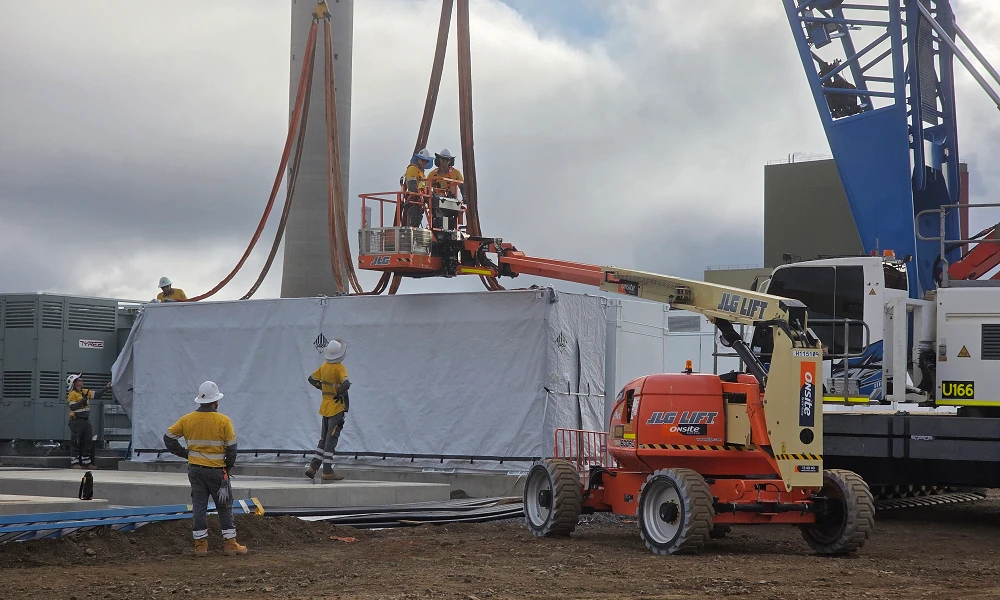
Credit: Stanwell
Did you know Tesla’s Lathrop facility churns out a Megapack every 68 minutes? That’s enough energy to power 3,600 homes for an hour per unit! ⚡️ pic.twitter.com/bG6fpHkB9O
— TESLARATI (@Teslarati) June 11, 2025
READ MORE ON TESLA MEGAPACKS: Tesla Lathrop Megafactory celebrates massive Megapack battery milestone
The state is working with government-owned company Yurika to facilitate construction, and the process is expected to create roughly 80 jobs. The project is expected to come fully online in May 2027, with initial commissioning of the Megapacks aiming for November 2025.
The Stanwell Battery is set to replace the nearby Stanwell coal generation plant, which the government is planning to wind down starting in 2026 as part of efforts to reach an 80 percent renewable energy generation ratio by 2035. Meanwhile, the government is also set to begin winding down the Tarong and Callide coal plants, while several other Megapack projects are being built or coming online. o ya
Tesla currently has two Megapack production facilities, located in Lathrop, California, in the U.S. and another that came online earlier this year in Shanghai, China. The Shanghai Megafactory shipped its first units to Australia in March, while both factories are expected to be capable of producing 10,000 Megapack units per year upon reaching volume production.
News
The Tesla Diner is basically finished—here’s what it looks like
The company first broke ground on the Diner, Drive-in, and Supercharger location in September 2023. Now, it has served one of its first internal customers.

Tesla has finally completed the construction of its highly anticipated Diner, Drive-in, and Supercharger in Los Angeles, and recent photos of the interior’s “retro-futuristic” style are making their way around the internet.
X user Brad Goldberg shared photos from the Tesla Diner site last Tuesday, depicting some of the Supercharger stalls, indoor and outdoor seating areas, multiple neon lights, and even an Optimus robot. Goldberg also noted that there had been a “flurry of activity on site” while he was snapping the photos last week, suggesting that the restaurant location could be getting close to opening.
The Tesla Diner also served one of its first internal customers in the past few days, as Elon Musk posted on X on early Monday morning that he had just finished up eating a meal at the site:
I just had dinner at the retro-futuristic Tesla diner and Supercharger.
Team did great work making it one of the coolest spots in LA!
The photos also show that the site is pretty much done, with some of them even showing vehicles charging at the charging stalls.
You can see some of the latest photos of the Tesla Diner below.

Credit: BradGoldbergMD | X
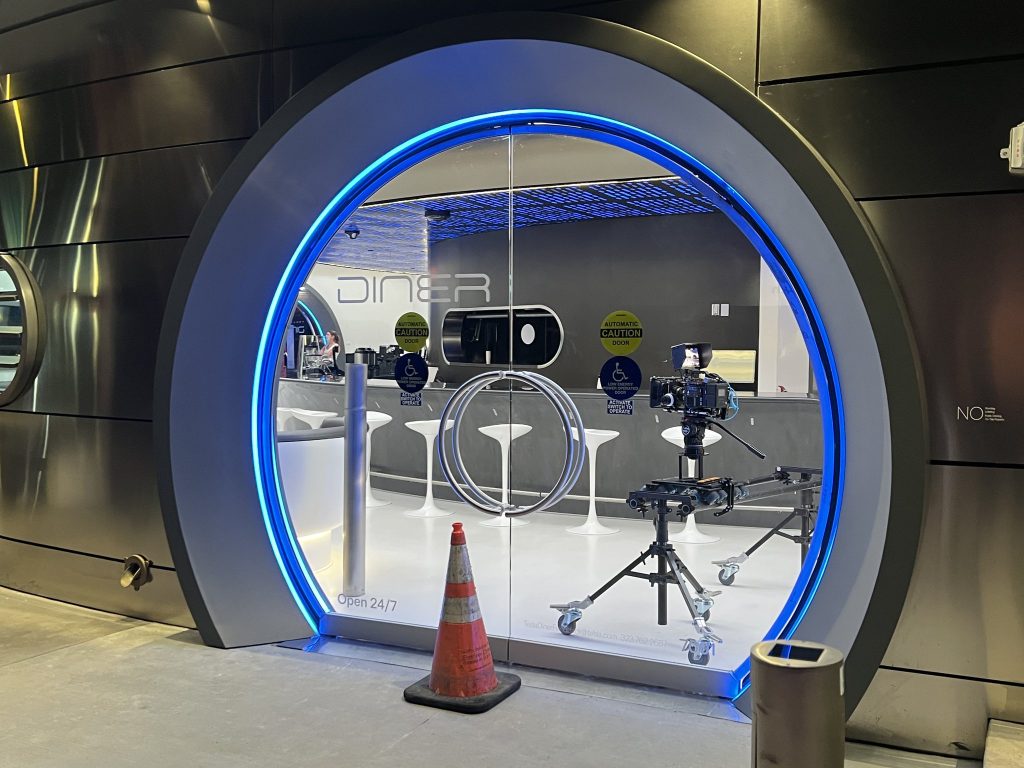
Credit: BradGoldbergMD | X
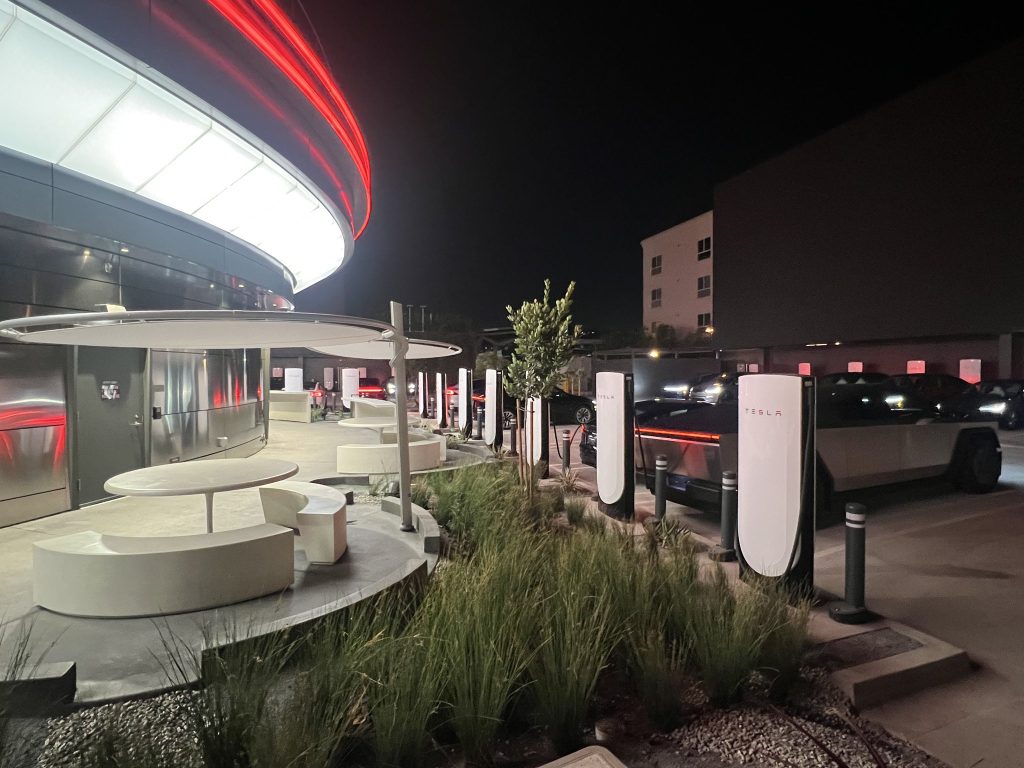
Credit: BradGoldbergMD | X
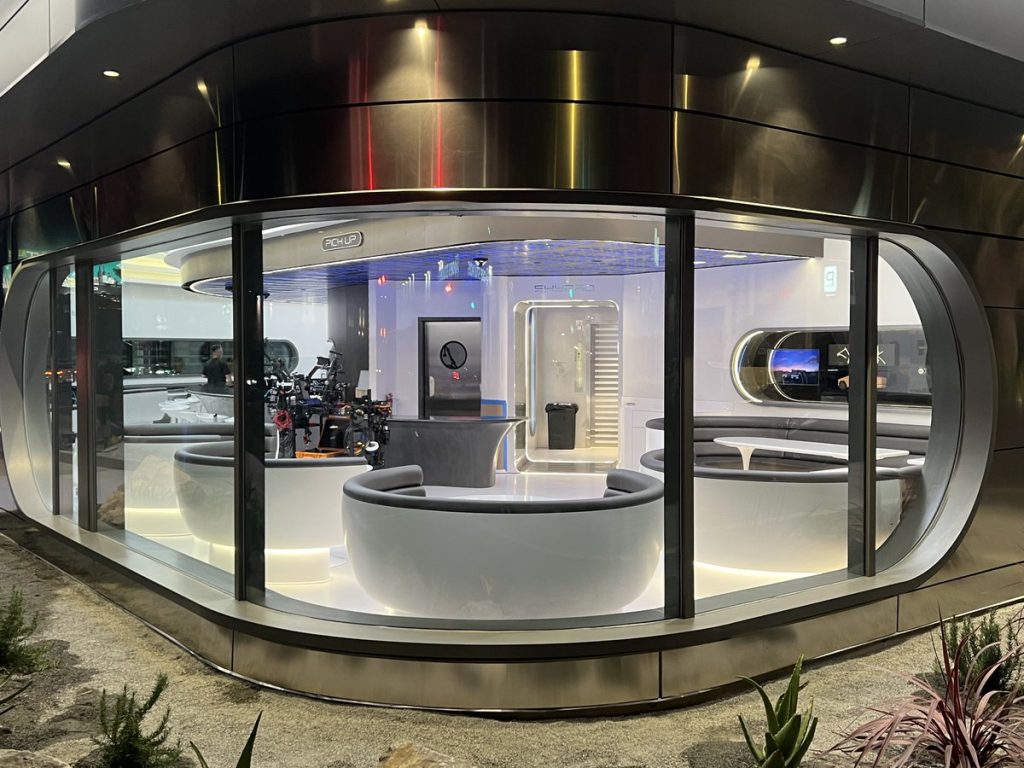
Credit: BradGoldbergMD | X
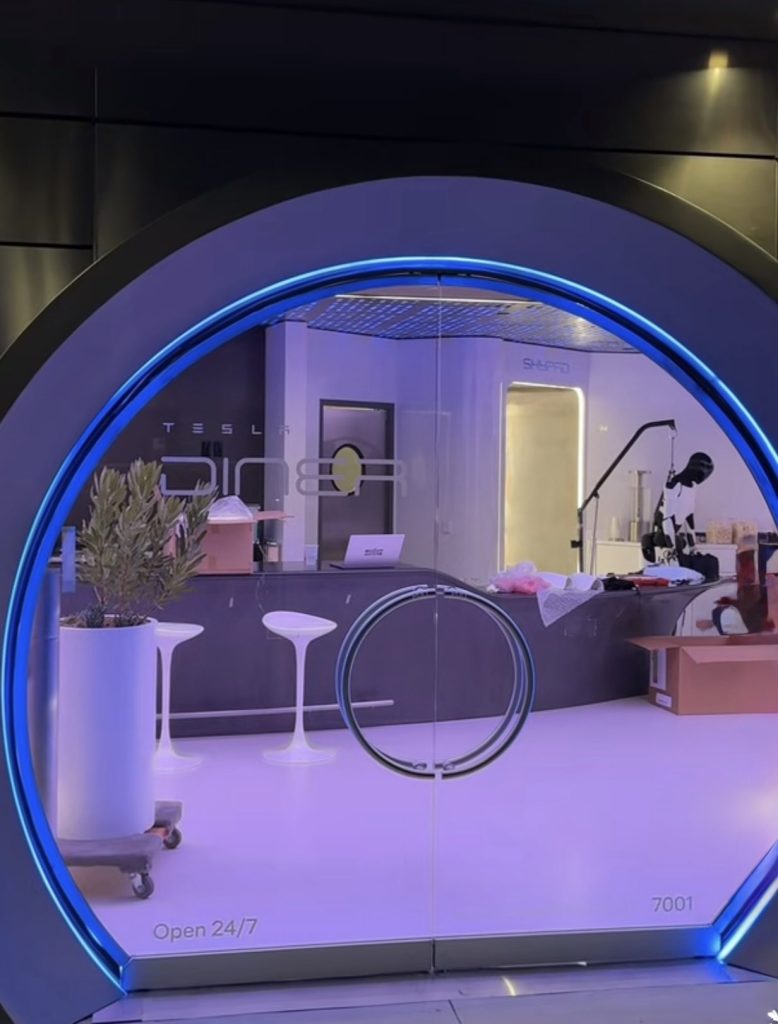
Credit: TeslaKing420 | X
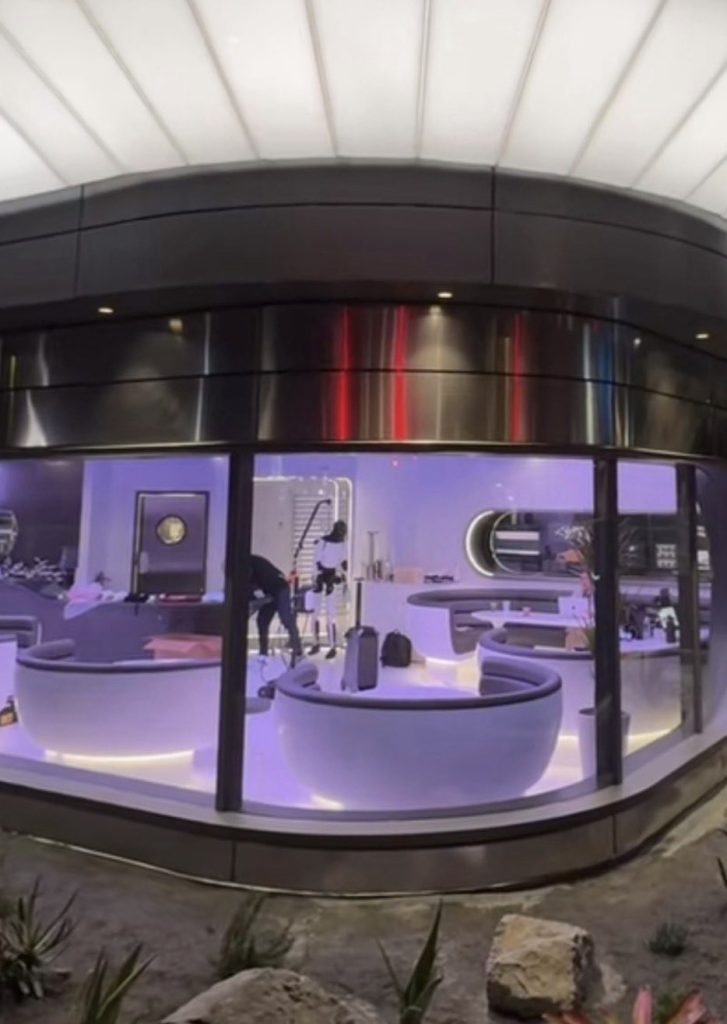
Credit: TeslaKing420 | X
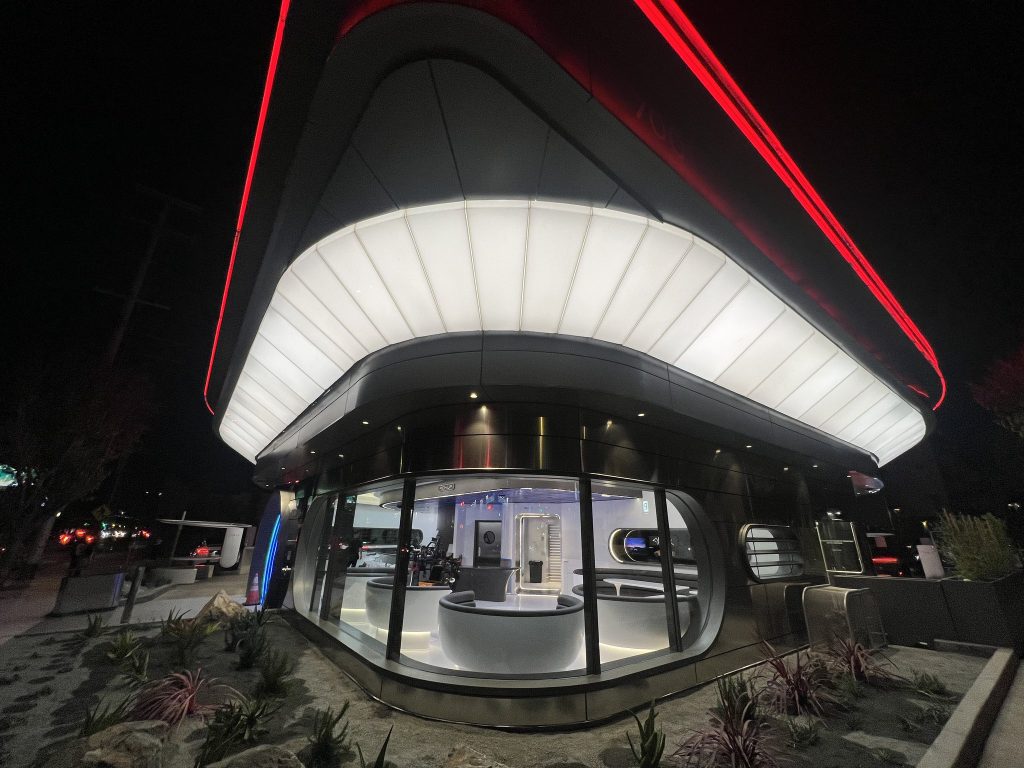
Credit: Brad Goldberg (via Sawyer Merritt on X)
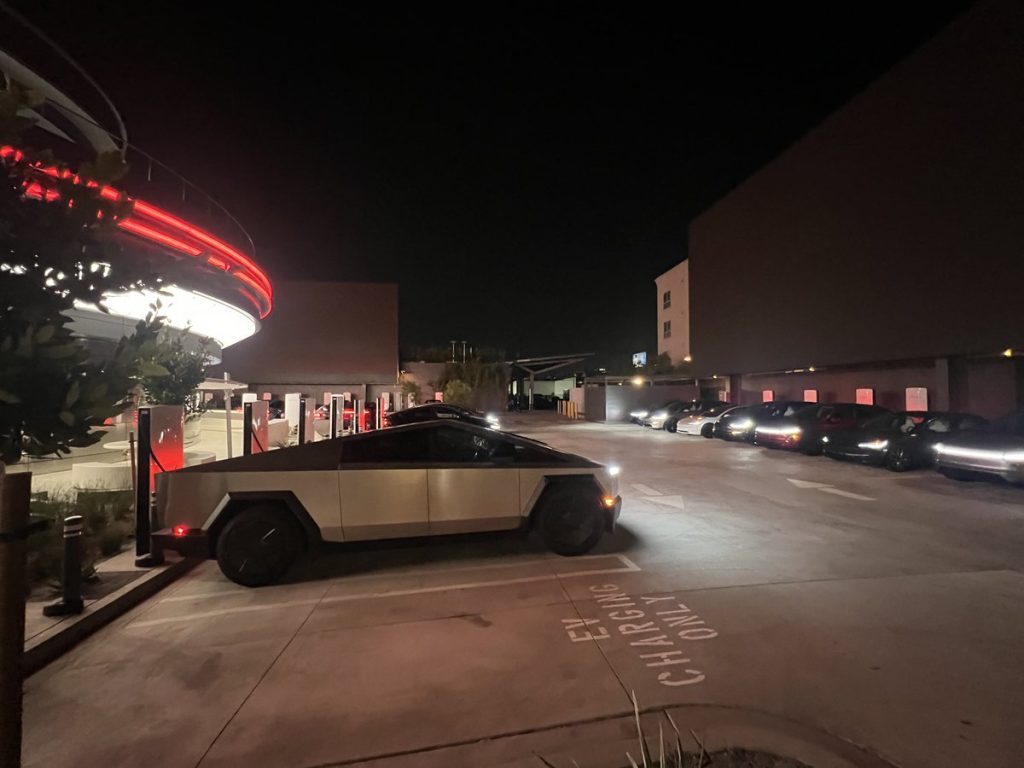
Credit: Brad Goldberg (via Sawyer Merritt on X)
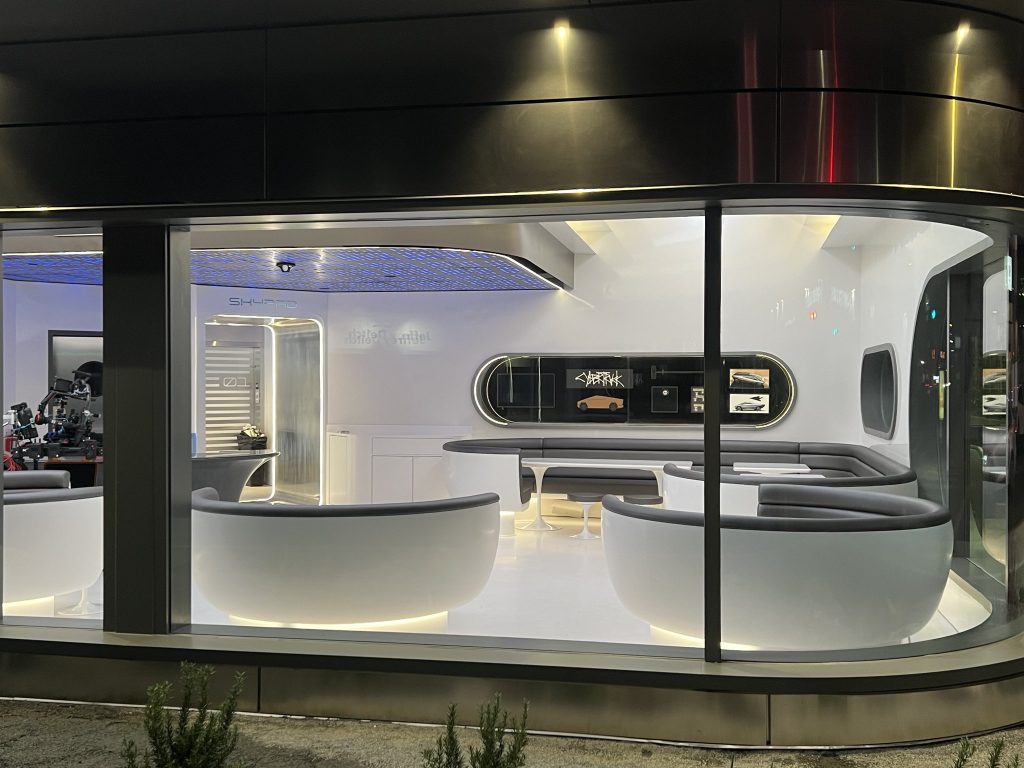
Credit: Brad Goldberg (via Sawyer Merritt on X)
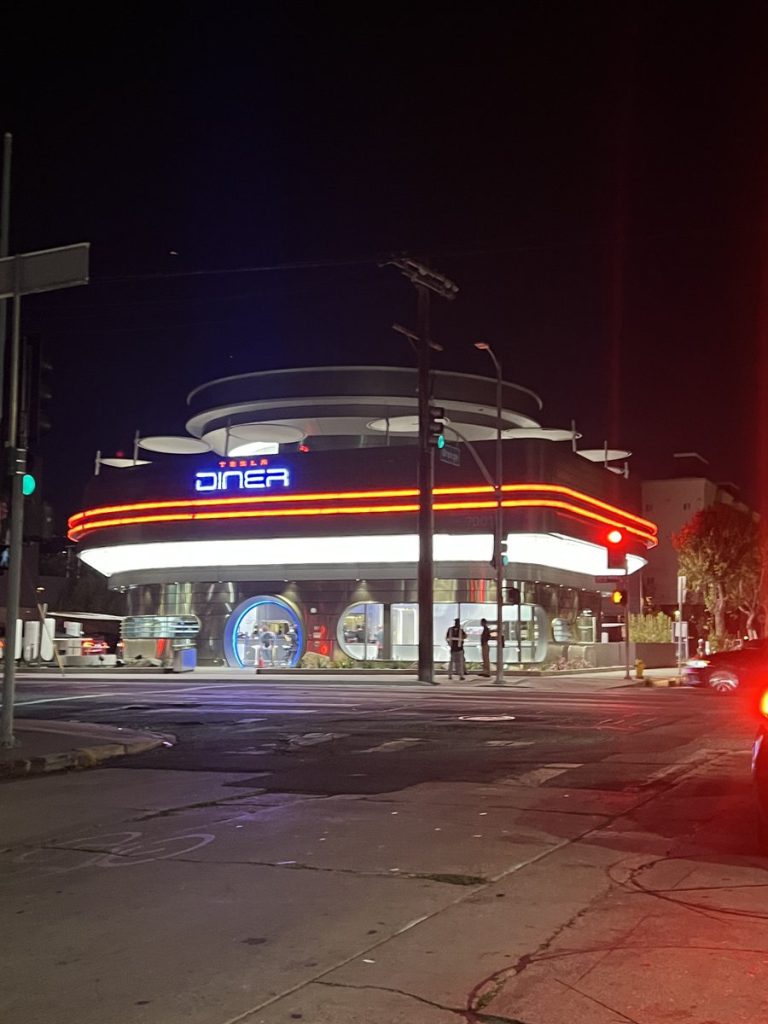
Credit: Brad Goldberg (via Sawyer Merritt on X)
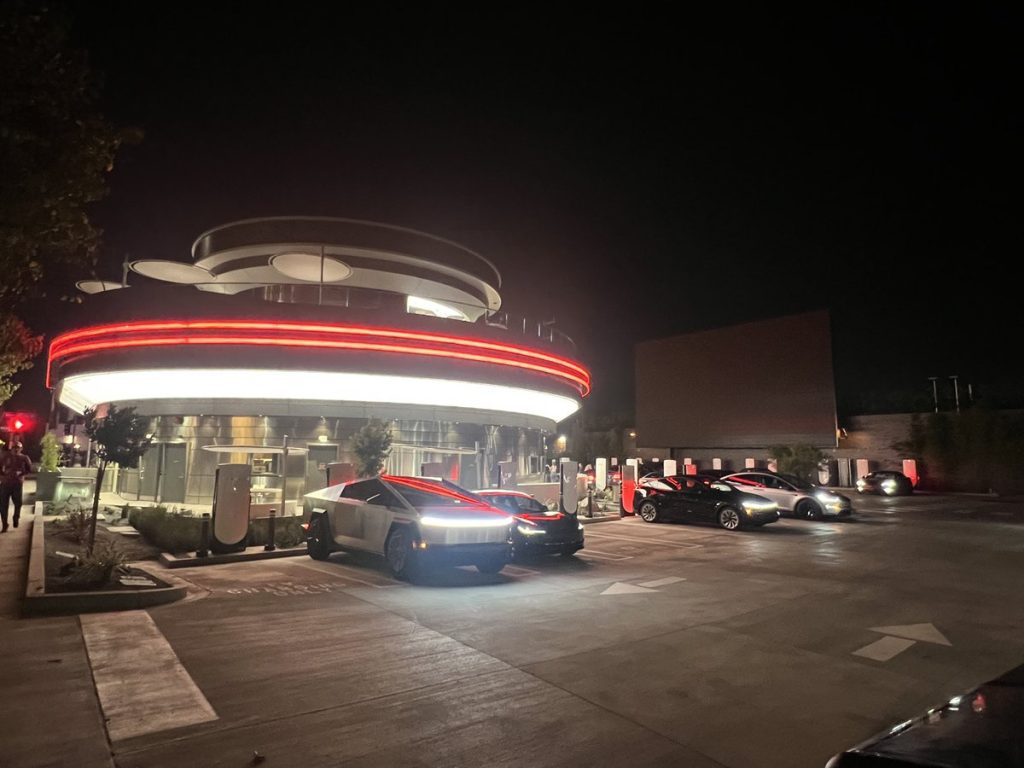
Credit: Brad Goldberg (via Sawyer Merritt on X)
READ MORE ON TESLA’S LA DINER: Tesla readies Drive-In Diner Supercharger for launch with app inclusion
When will the Tesla Diner open to external customers?
While it’s still not open to external customers yet, the news again suggests that the company could be close to an official opening date. Tesla first broke ground on the Diner in September 2023, after receiving a wave of building permit approvals throughout that year. Teslarati also covered much of the construction progress throughout last year, including when crews installed the first and second drive-in screens.
Located at 7001 West Santa Monica Boulevard, the idea was first discussed in 2018 by Musk and a few others on Twitter, featuring 1950s rock and roll, waiters on roller skates, and drive-in movie theater screens playing clips from some of history’s best movies. Notably, the photos of the front doors also show that the site will be open 24 hours a day, 7 days a week, whenever it does end up opening.
Tesla’s progress on Supercharger with diner, drive-in seen in aerial footage
-

 Elon Musk2 weeks ago
Elon Musk2 weeks agoTesla investors will be shocked by Jim Cramer’s latest assessment
-

 News2 days ago
News2 days agoTesla debuts hands-free Grok AI with update 2025.26: What you need to know
-

 Elon Musk4 days ago
Elon Musk4 days agoxAI launches Grok 4 with new $300/month SuperGrok Heavy subscription
-

 Elon Musk7 days ago
Elon Musk7 days agoElon Musk confirms Grok 4 launch on July 9 with livestream event
-

 News2 weeks ago
News2 weeks agoTesla Model 3 ranks as the safest new car in Europe for 2025, per Euro NCAP tests
-

 Elon Musk2 weeks ago
Elon Musk2 weeks agoxAI’s Memphis data center receives air permit despite community criticism
-

 News4 days ago
News4 days agoTesla begins Robotaxi certification push in Arizona: report
-

 Elon Musk2 weeks ago
Elon Musk2 weeks agoTesla scrambles after Musk sidekick exit, CEO takes over sales



















